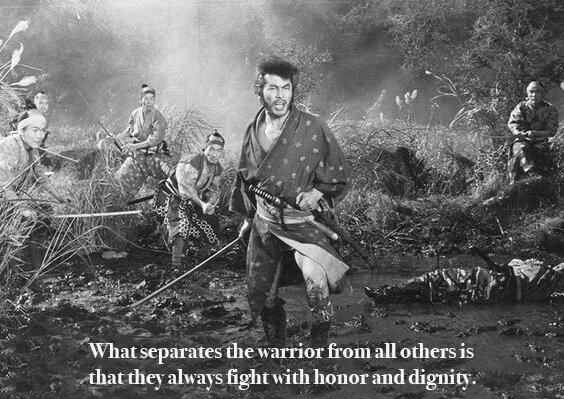Throwback Thursday - The Most Important Thing In Life to Learn!
Furuya Sensei posted this to his Daily Message on February 2, 2004.
If you learn anything in life, learn your manners, meaning how to act properly and nicely towards others in each and every situation.
If you get very strong, some people may admire you and some people may fear you, but no one will really respect you. Some might even laugh at you behind your back…
If you become very rich, some people will pretend to like you and some will even think that they are your friends just because you have so much to offer. Ultimately, some may try to fool you…
If you become very wise, many people will come to you for advice and say, but ultimately they will hate you because you will make them feel stupid or inadequate…
If you become very powerful, people will flock to you because everyone loves power and prestige, but no one will ever like you for yourself…
Just be nice and well mannered. It will not matter if your are rich or poor, powerful or weak, famous or a nobody. Everyone will always like you and eventually respect you thinking that you are truly rich, powerful and have great prestige!
Outside the dojo, the thing I notice most about people is that they have no manners or are not as polite as before. Everyone is in such a hurry, and everyone thinks too much of themselves. Sometimes I think they are acting worse than animals - this is not Aikido at all.
Always think about what you want written on your tombstone. "Here lies a very arrogant and snobby person.” "Here lies a very rich person whose money we can all enjoy now that he is dead.” "Here lies a bully who thought he was so strong!” "Here lies a very nice person, whom we will always miss forever and forever."
It doesn't cost anything for you to be nice to others, but the returns are great. Treat others with disrespect and impoliteness, and see what you finally end up with…





















